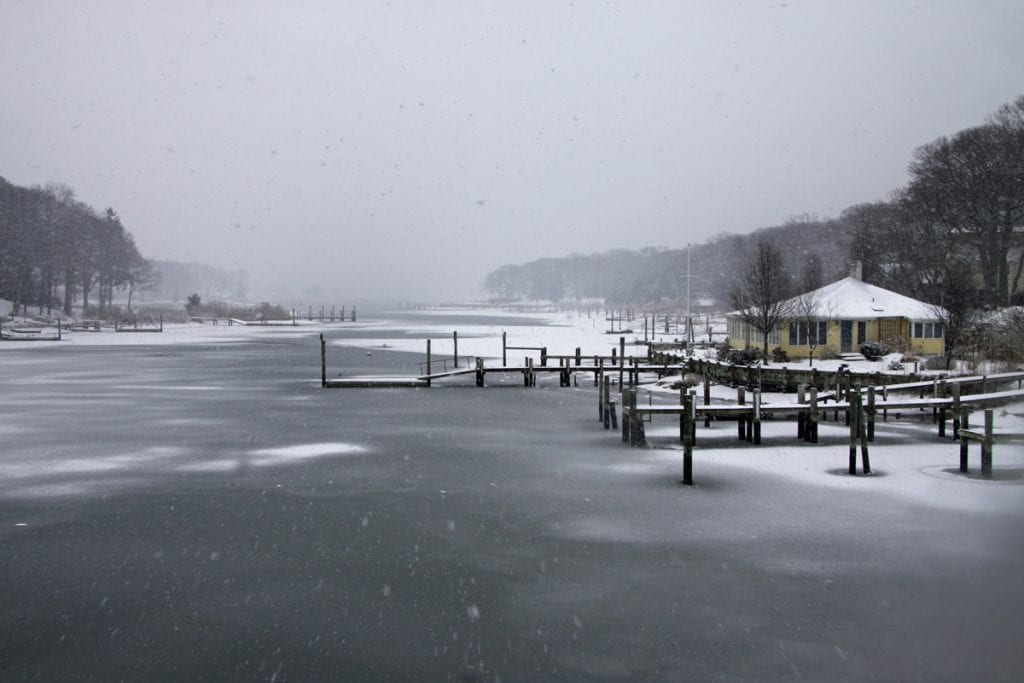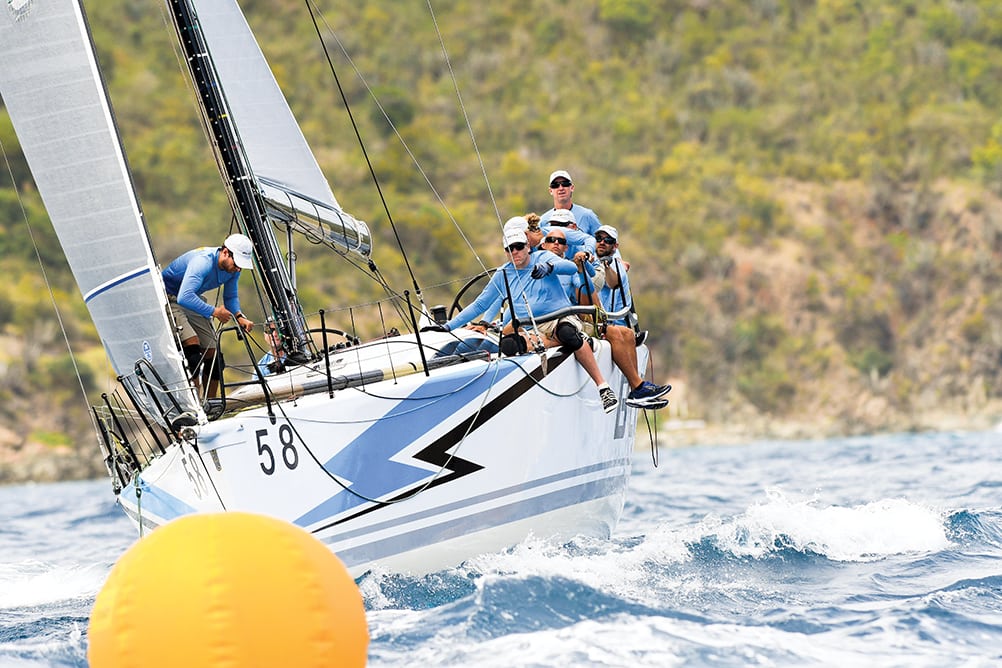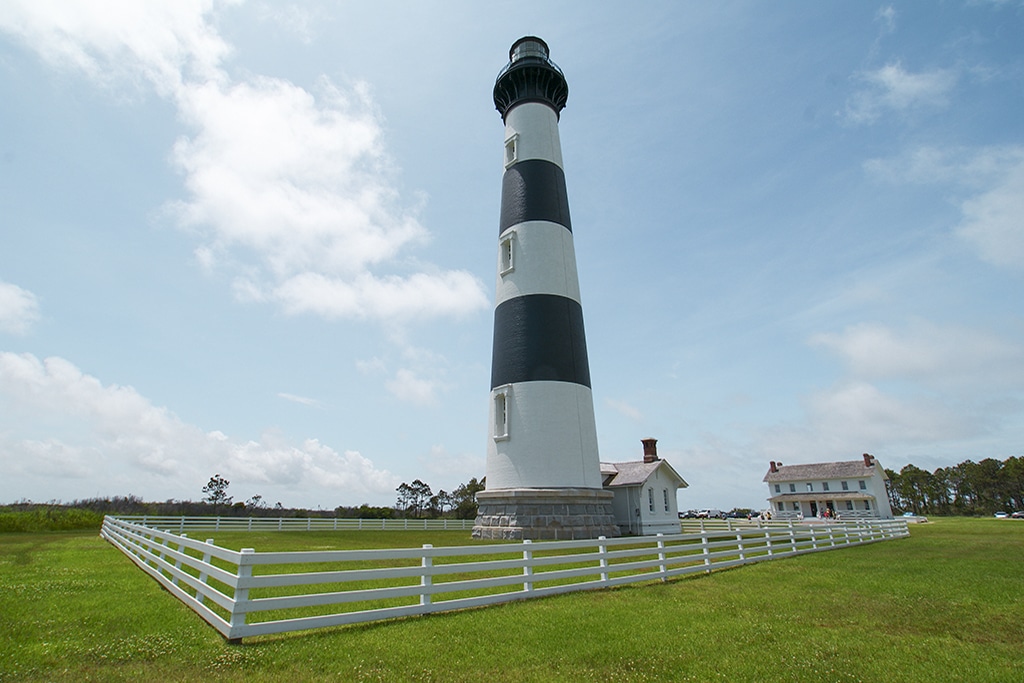Spring Boating
Put the throttle back with spring boating season
Northeast boaters looking to get an early start to the 2019 boating season would do best to back off the throttle coming out of the gate. Going back a few decades, a March kick-off was commonplace for skippers sailing anywhere between New Jersey and Rhode Island. That first launch time frame was often scheduled to coincide with a solid run of tasty winter flounder or open water for clamming, the latter a welcome job for part-time baymen.
As early spring fishing fortunes and shellfish populations have faded in recent years, most northeast boaters have pushed back initial forays into April or even May, especially those
who have second homes near the coast or enjoy cruising and water sports more than wetting a line. That makes it even more important than ever for early launchers to be on their toes because there are fewer eyes on the water during the early season.
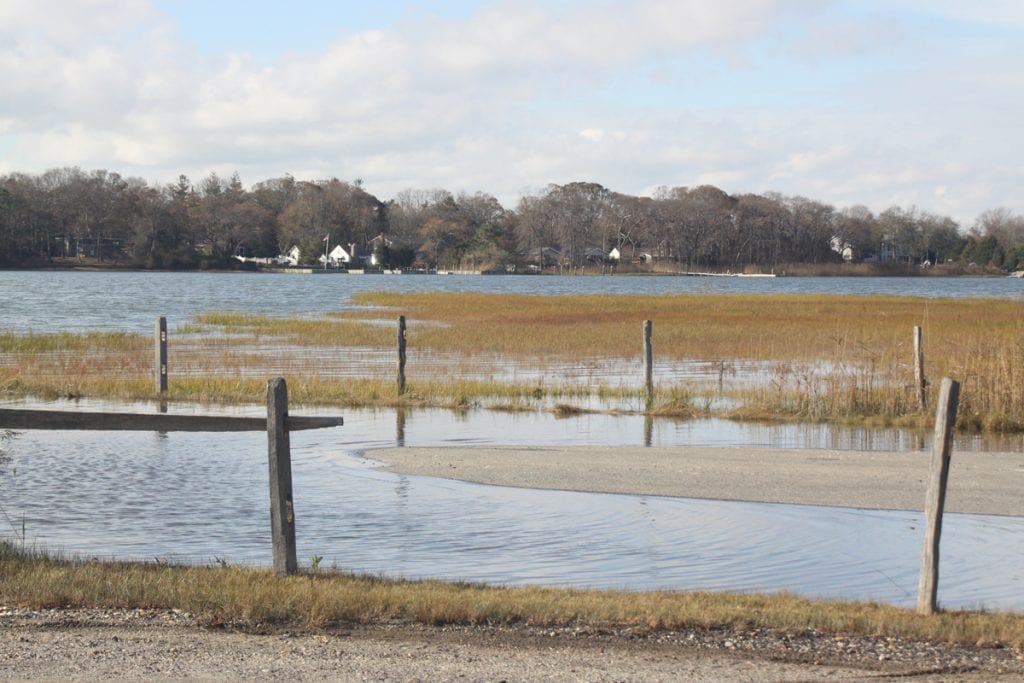
Safety Reigns
Naturally, you’ll want to start that first trip on the water with a standard pre-launch checklist to make sure there are no mechanical issues before leaving the dock or ramp. Ensure you have a full set of life preservers aboard that are Coast Guard approved, properly fit your crew and are in good working condition. It also makes sense to file a boating float plan with a responsible family member or friend. If you plan to cross any big or rough water, you might want to consider wearing a survival suit because northeast water temperatures can remain fatally cold well into May.
“Be sure that you’ve replaced your fuel filters, checked that water pumps are working properly and have fully charged all batteries because those are three things that can fail quickly after being out in the cold all winter,” says Capt. Tony DiLernia, a Manhattan, New York, charter skipper. He also notes that buoys, or lack thereof, can be a problem on some waters. “On the eastern end of Long Island, for example, some buoys that are removed for the winter months might not be returned until late April,” says the experienced skipper. “You’d better know your course ahead of time to stay in the channel and avoid possible groundings.”
Where did that channel marker go?
Capt. Ramsey Chason, a Massachusetts Sea Tow skipper whose coverage area includes Cape Cod and The Islands, notes that the further north you head up the coast, the more likely it is that markers will be lifted. “That’s because winter ice floes can grab and drag them a considerable distance,” he says. What’s more, points out Chason, is that rough seas and winter storms often shift sand, so even if a buoy is in the correct location, it’s possible the channel may have moved.
“We see this happen frequently in areas that get a lot of winter storms, like Chatham, Massachusetts,” explains Chason. “The channel there definitely moves a lot during the winter months.
The same goes for Stage Harbor where a small channel skirts Morris Island. Some years it’s wider in the spring; other years it’s completely closed off. In general, if things don’t look right, they probably aren’t, so keep an eye on your depth recorder and trust your instincts as to appearances above the water.”
Hazard Watch
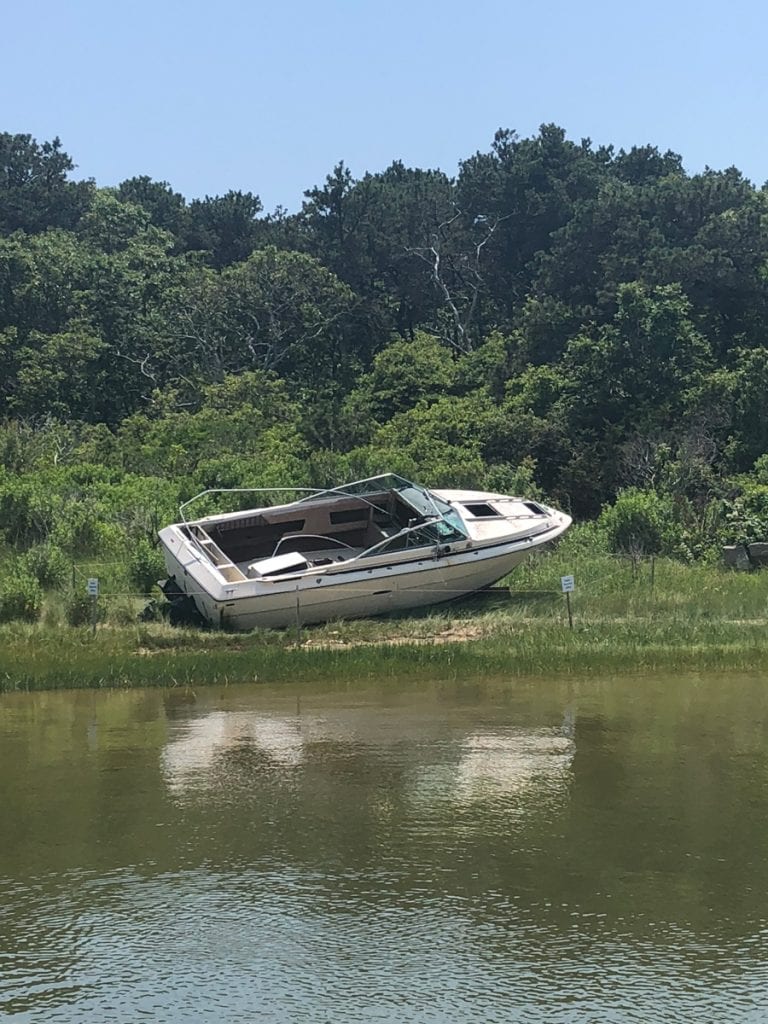
You’ll also need to watch out for floating debris, especially loose pilings, logs, pieces of dock, or other substantial objects that may have been in the water for a prolonged period of time. Many of these potential widow-makers will be partially submerged, difficult to spot at high speeds and nearly unavoidable unless noticed well in advance.
“You are especially likely to cross paths with larger debris during full and new moon tides when more water and strong currents can dislodge such items from their resting places,”
cautions DiLernia.
Should you find any serious hazards, or inconsistencies with aids to navigation, report them immediately to the Coast Guard. They’ll issue a safety alert and see that the matter is appropriately addressed.
By Tom Schlichter, Southern Boating
March 2019

